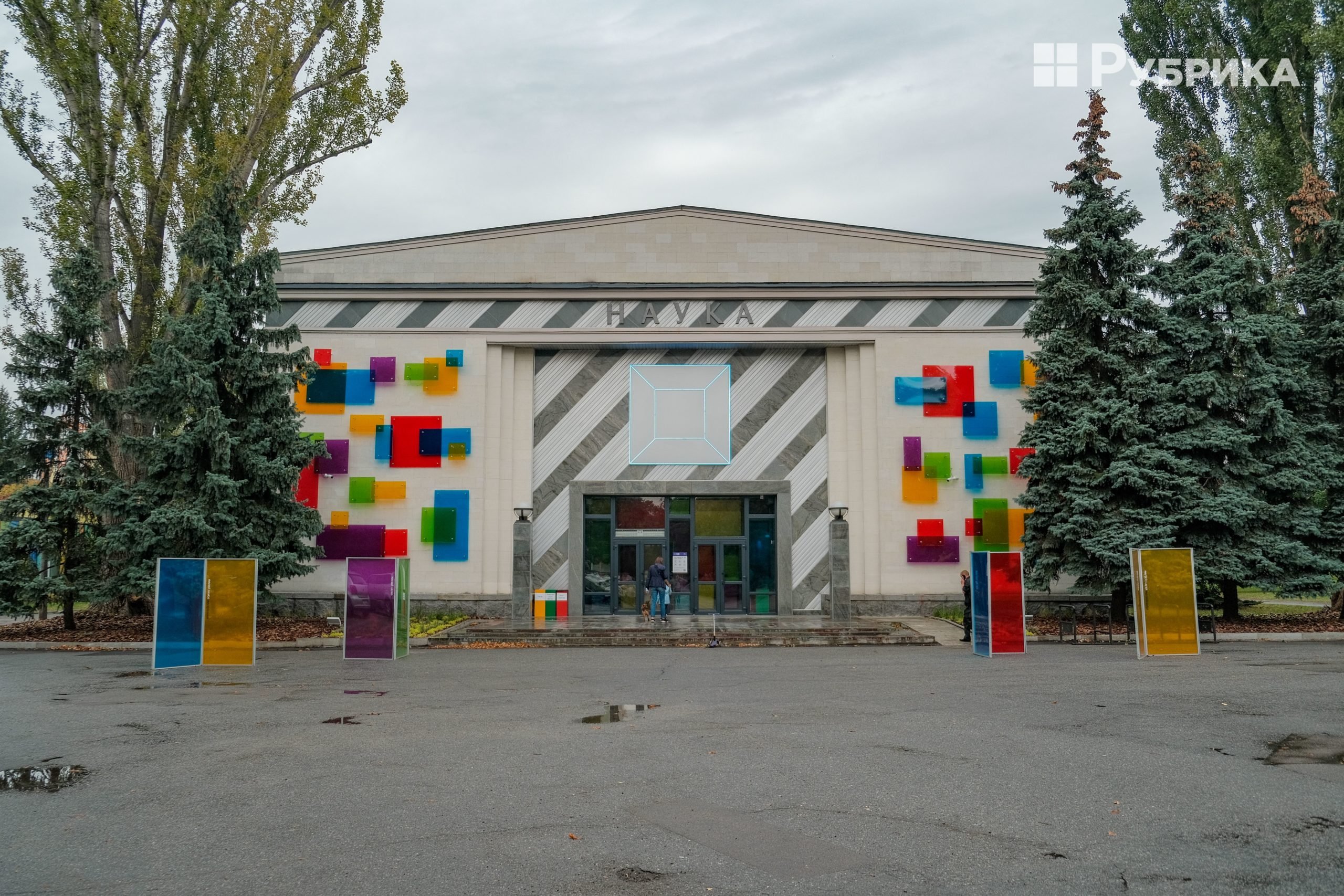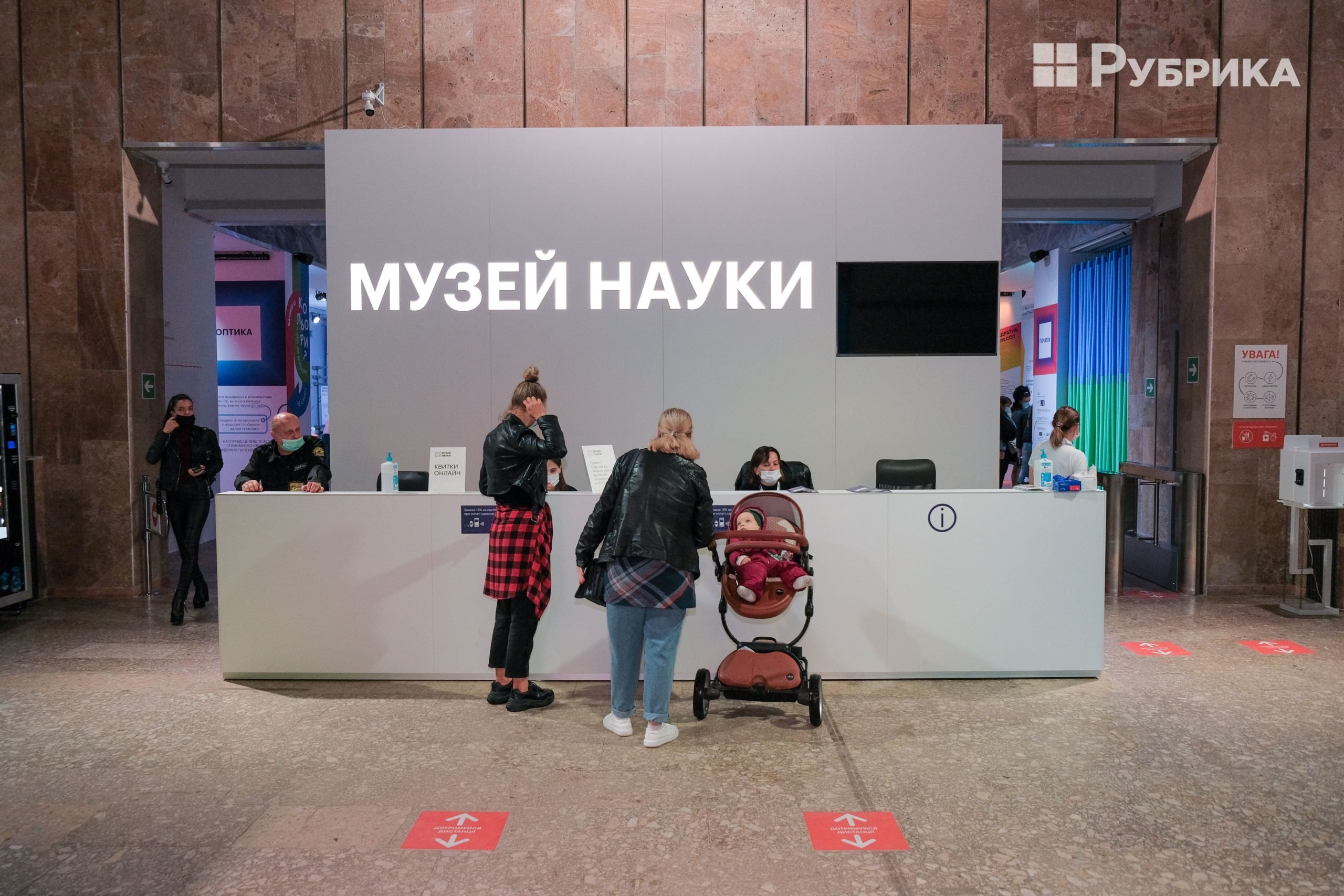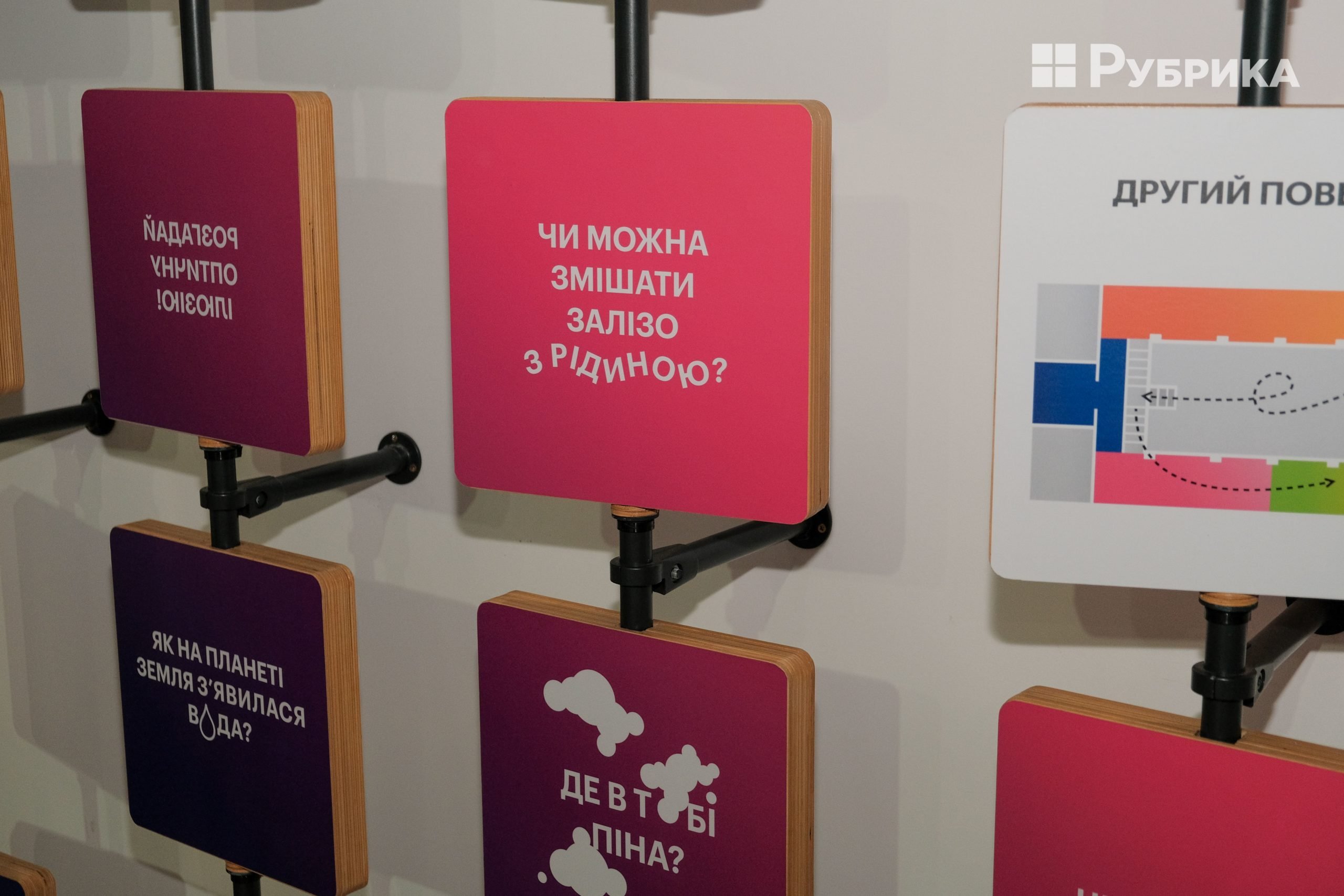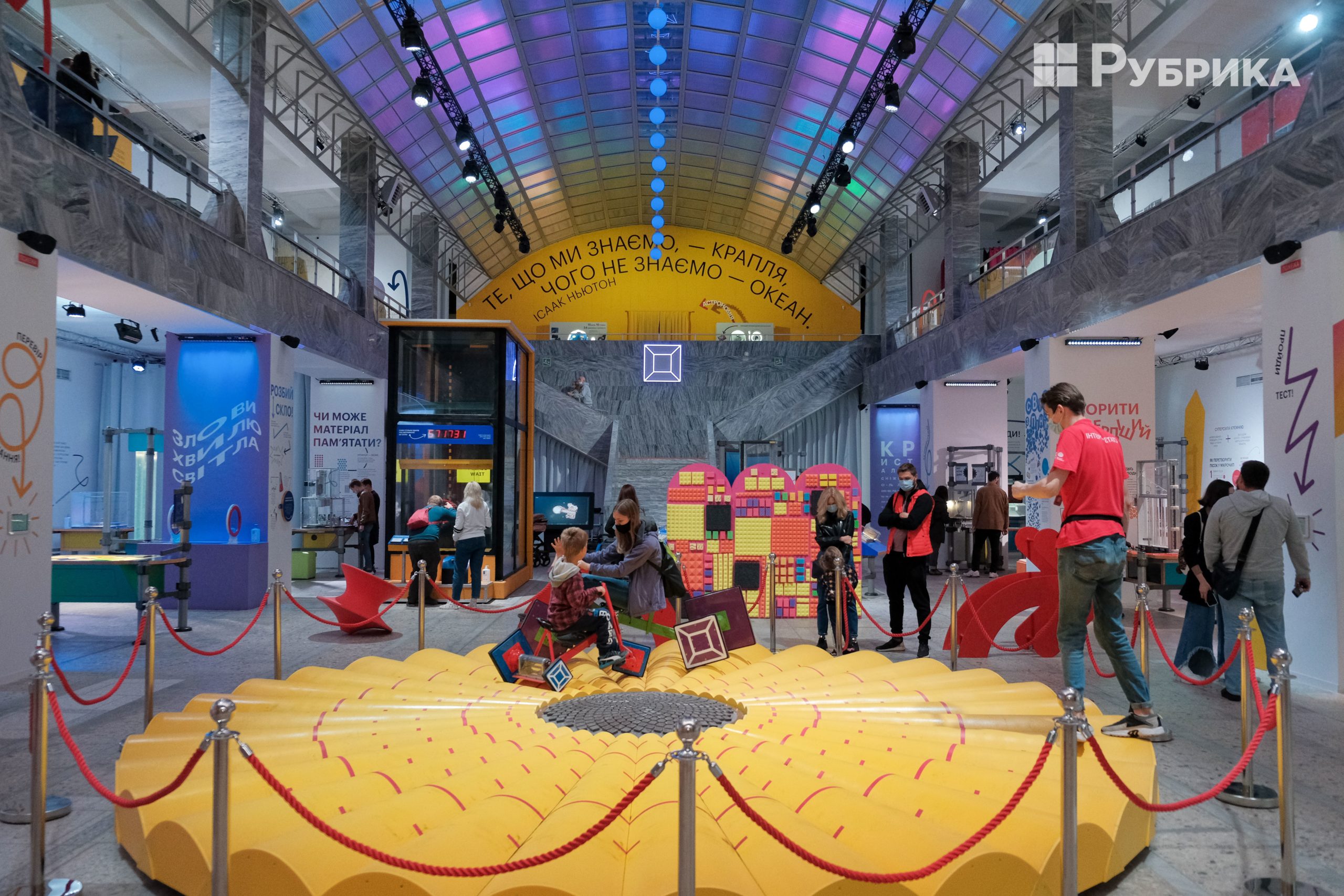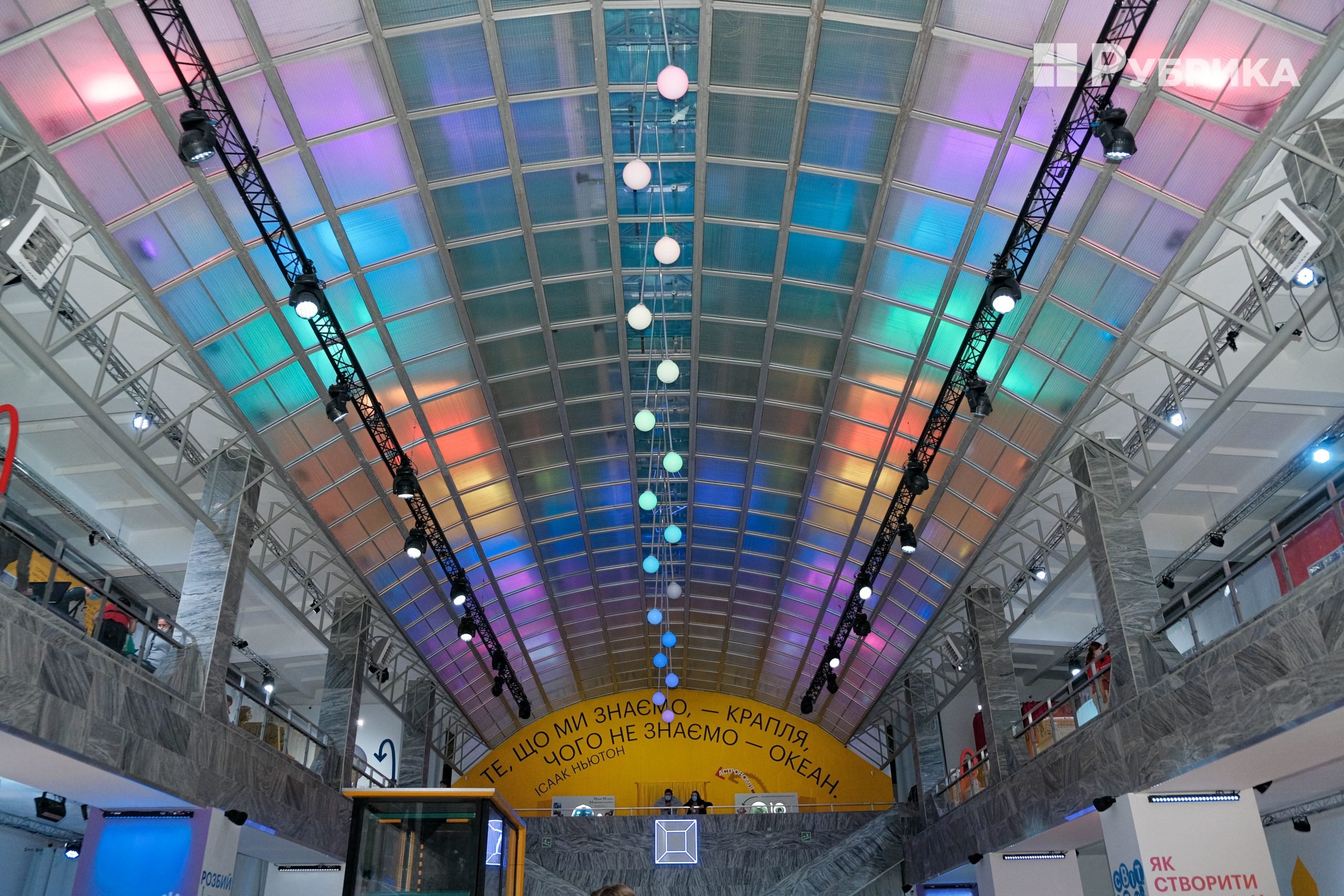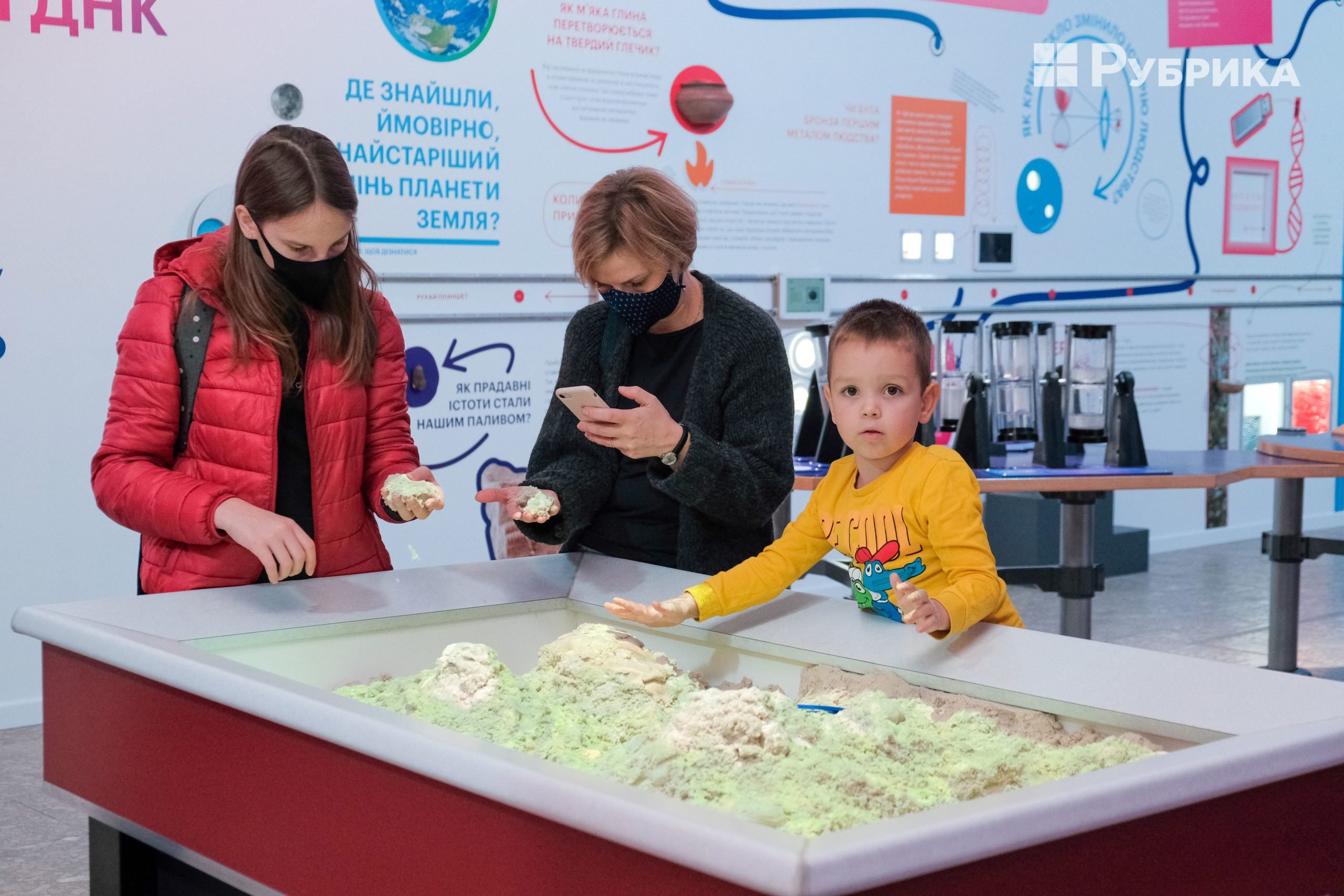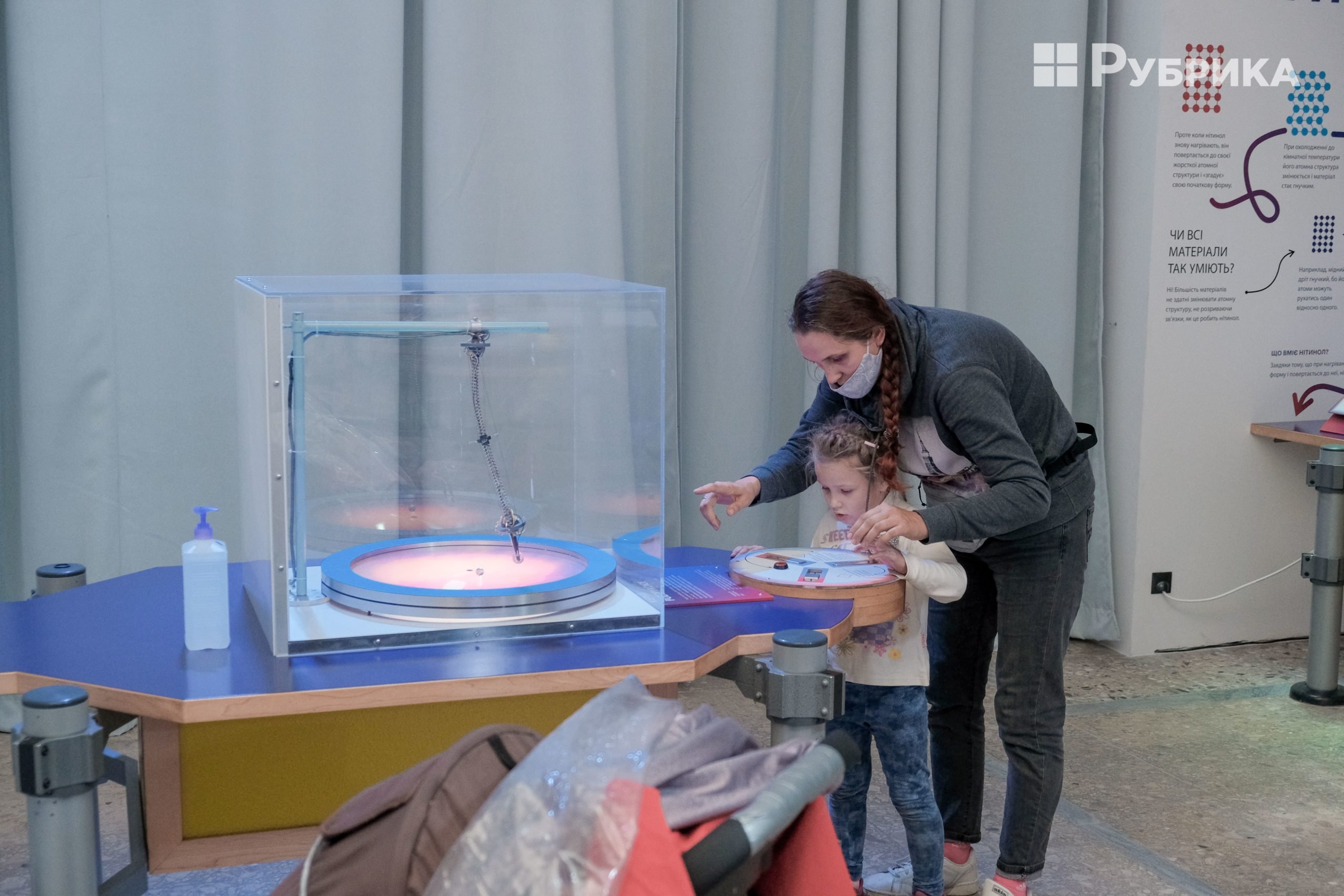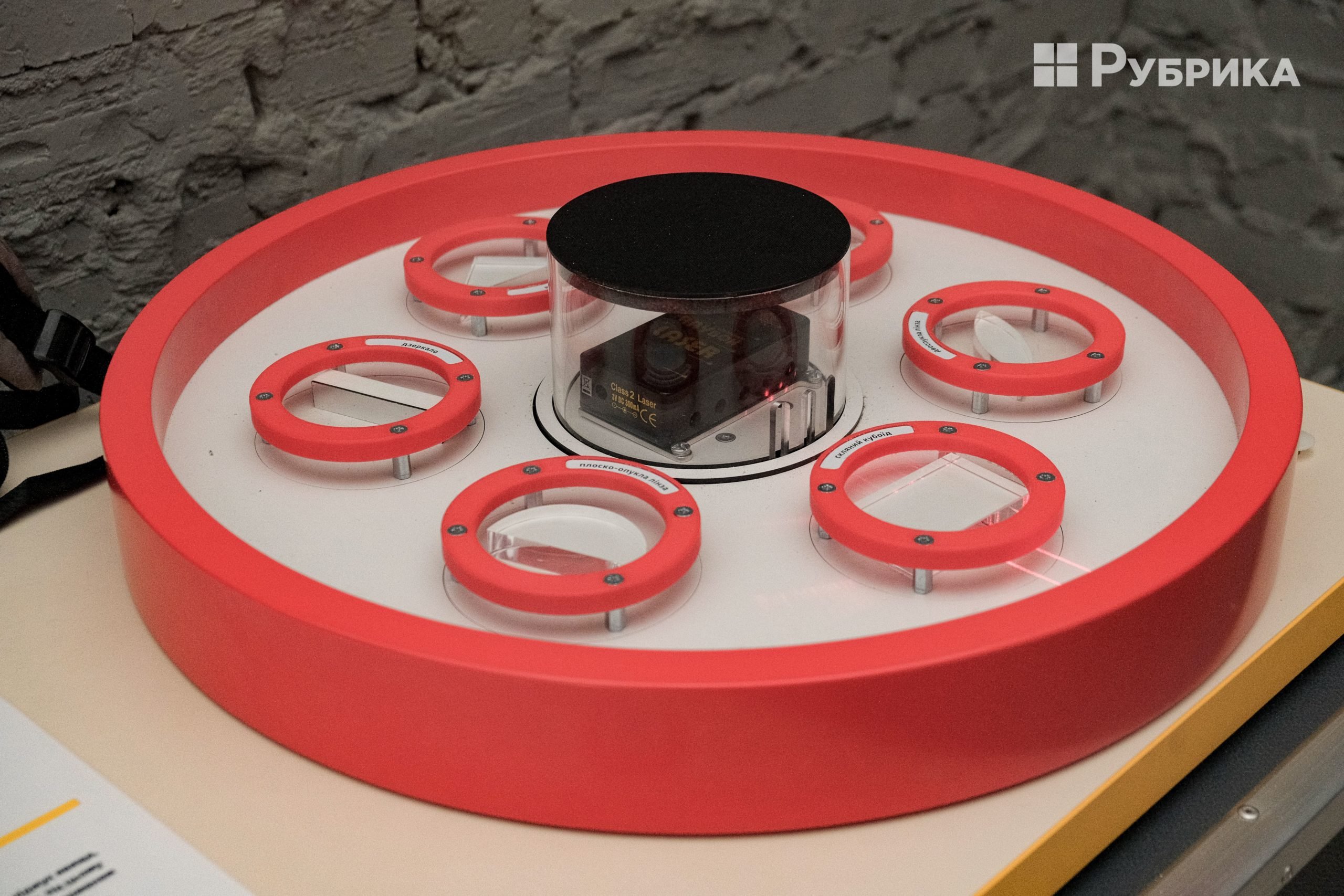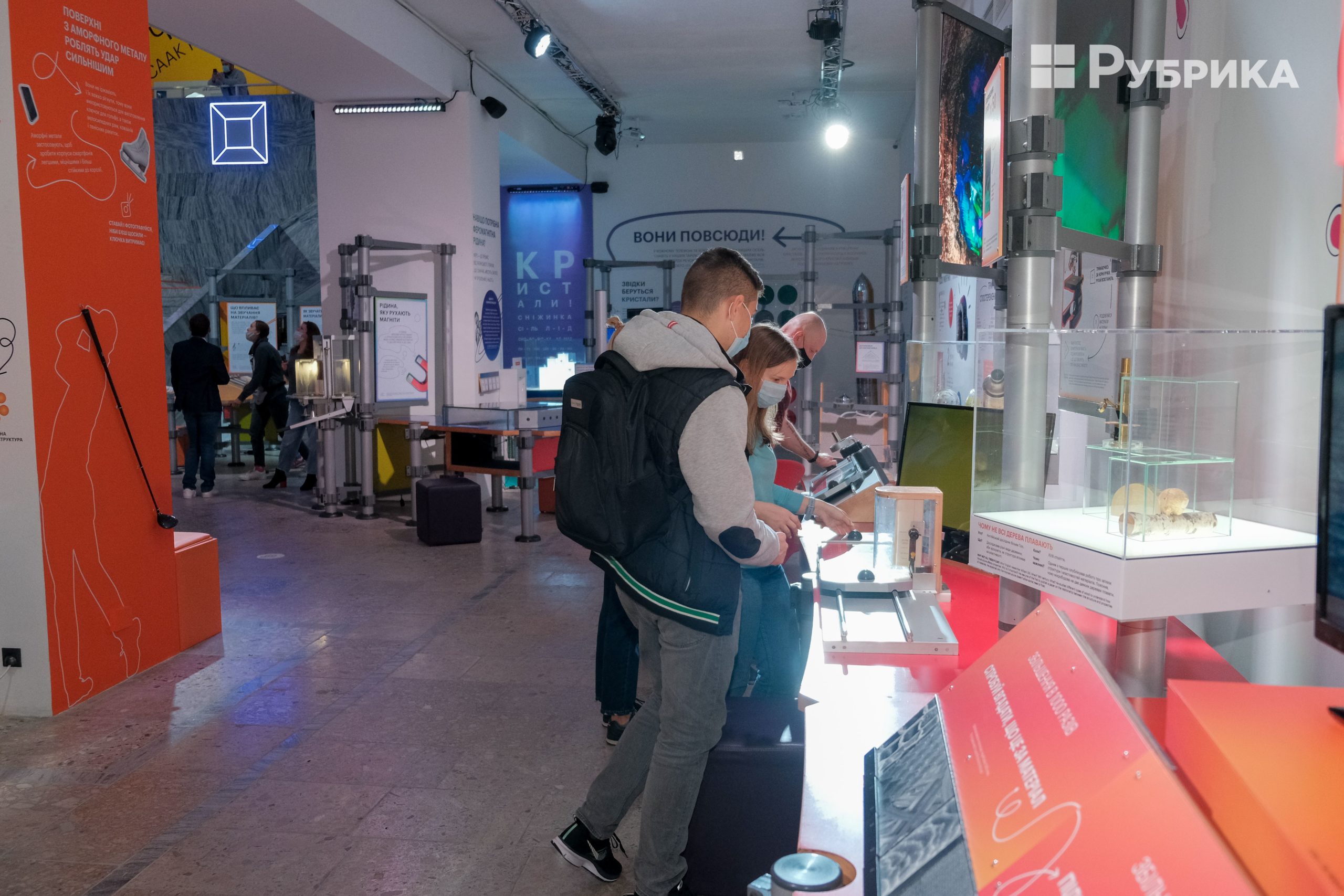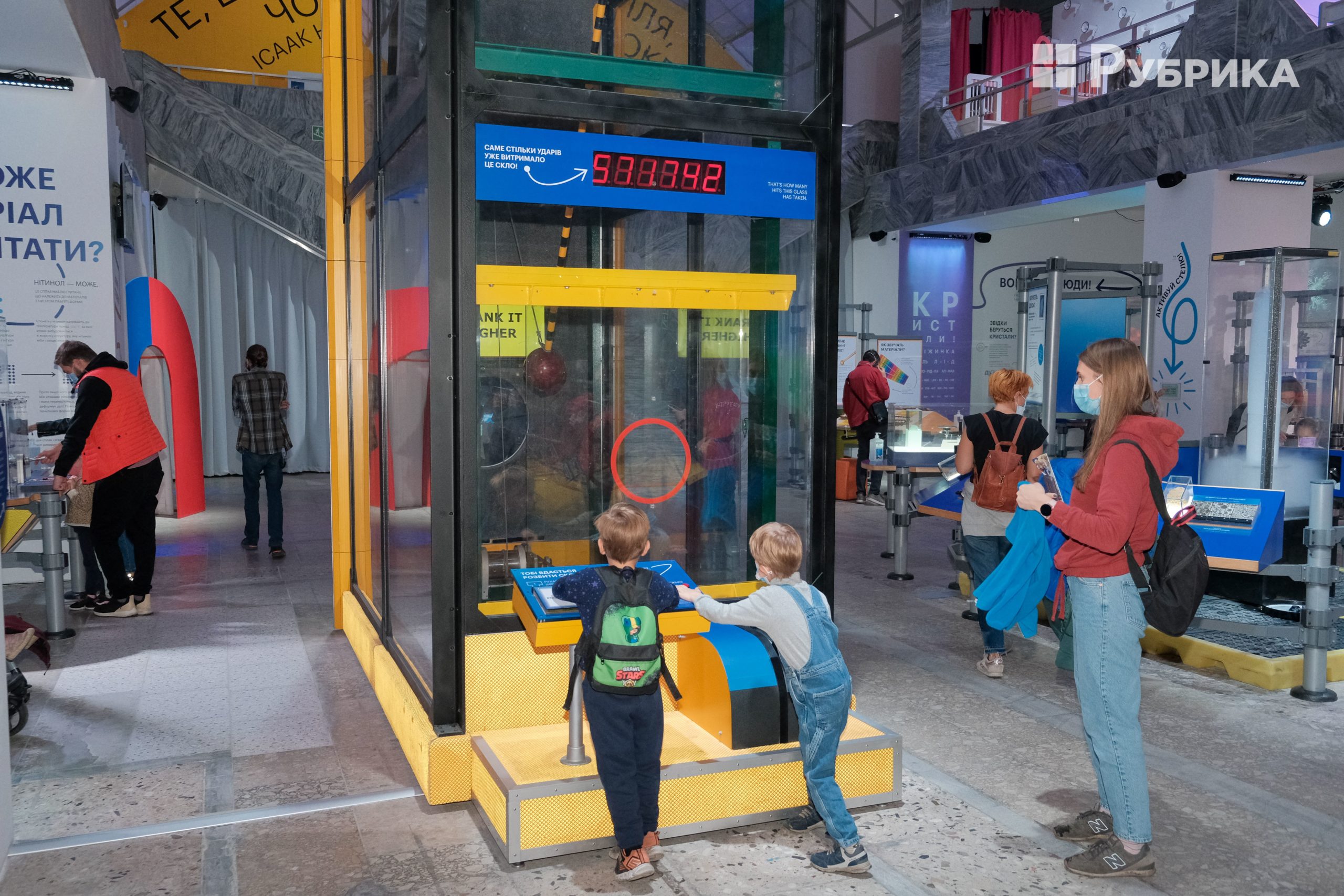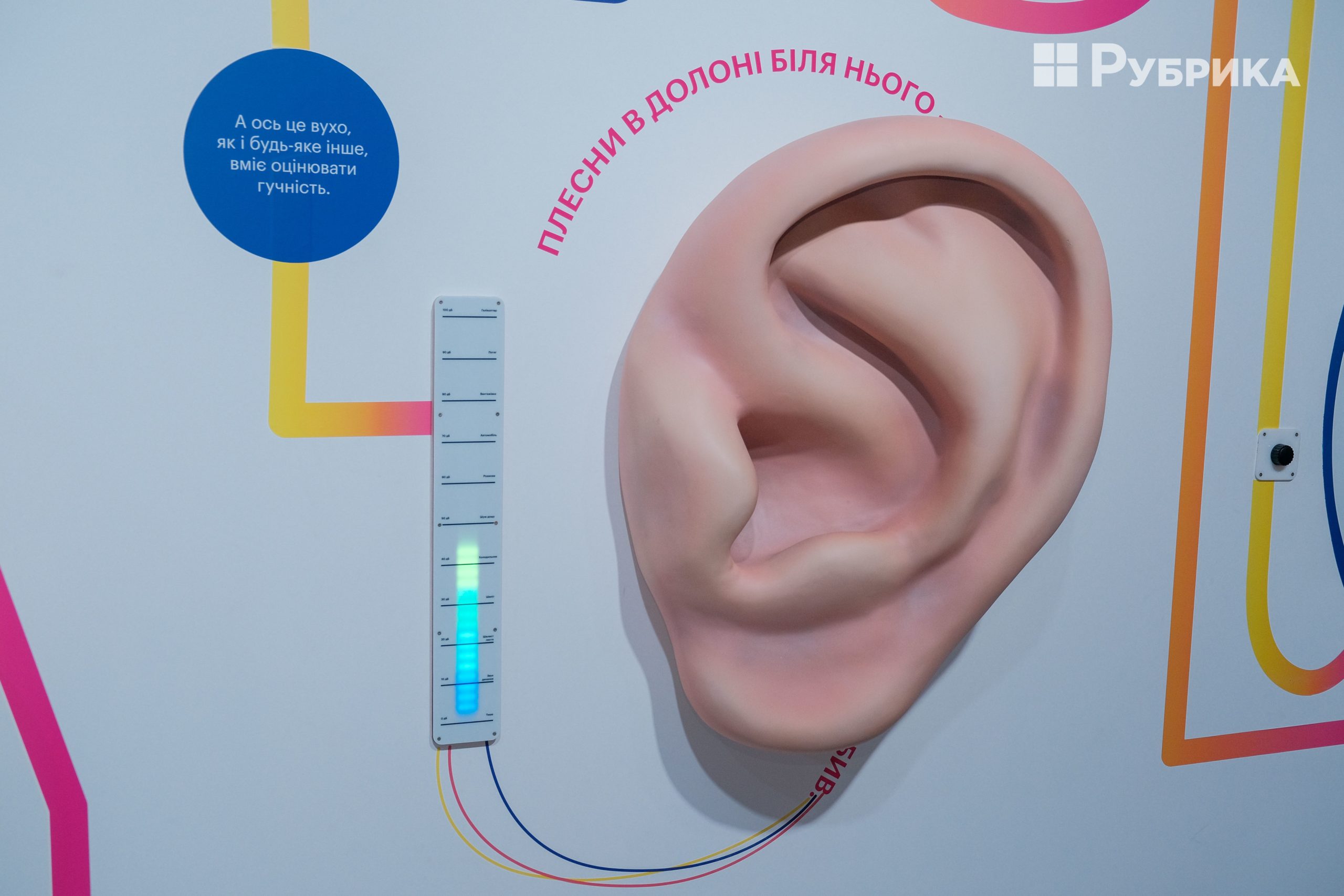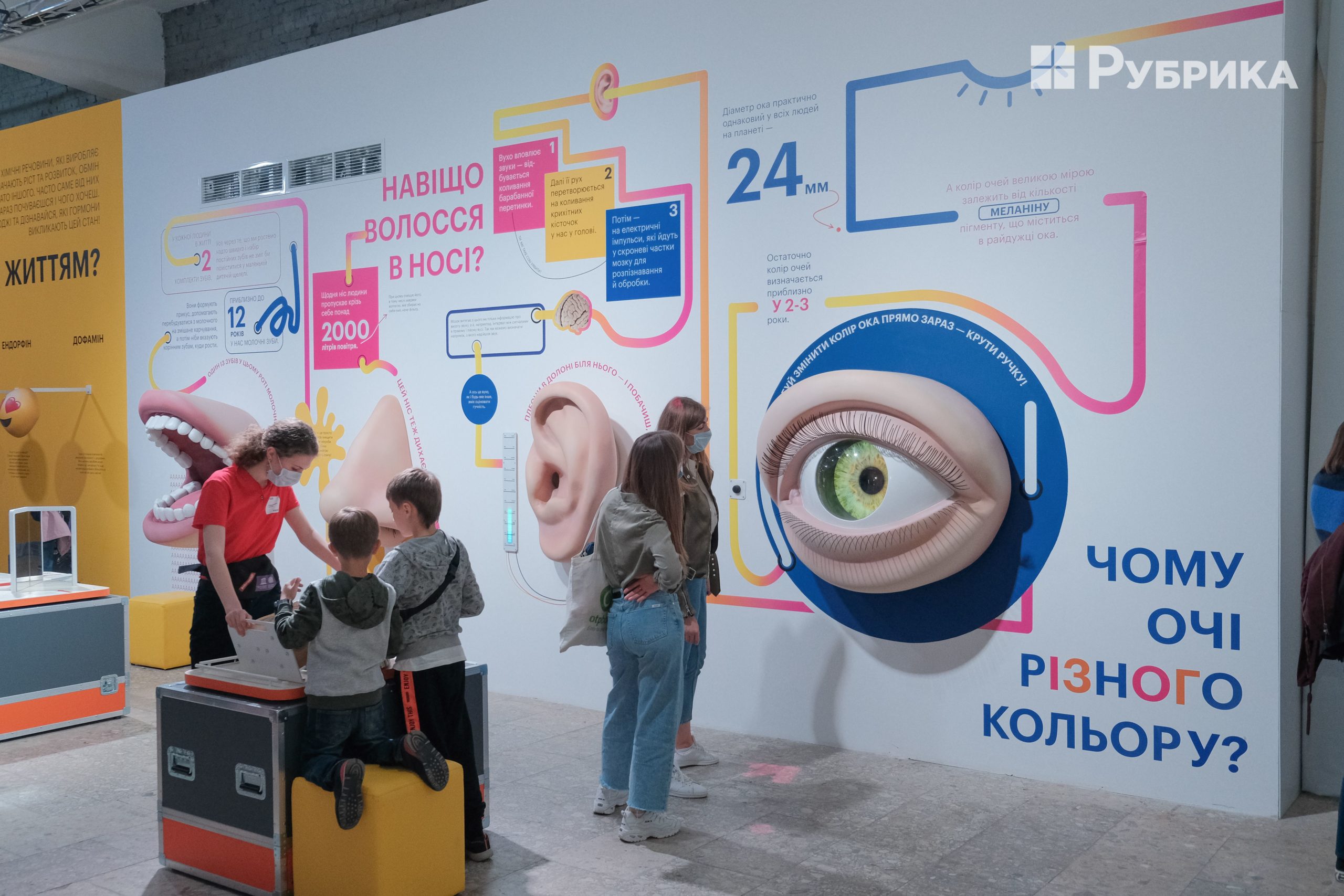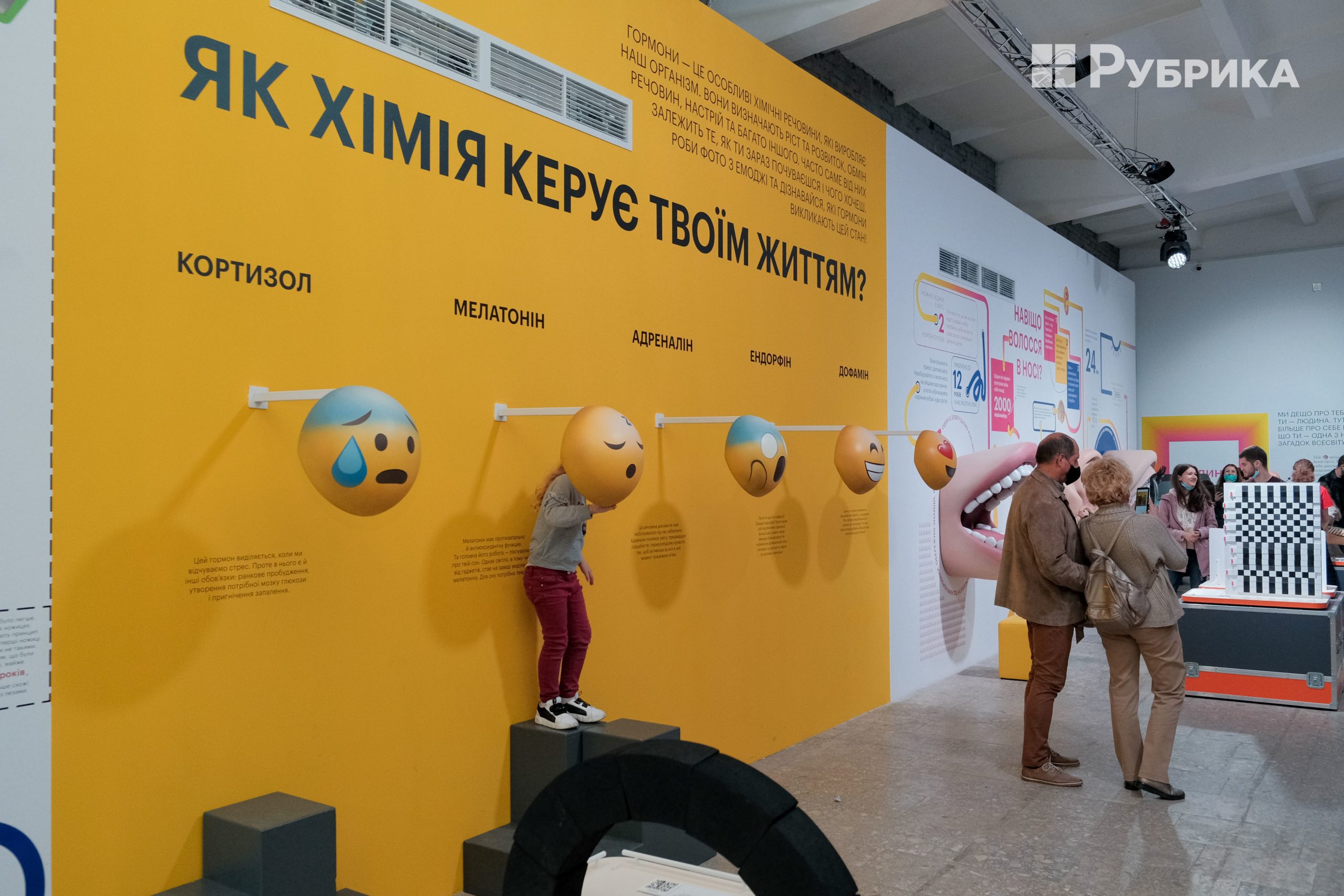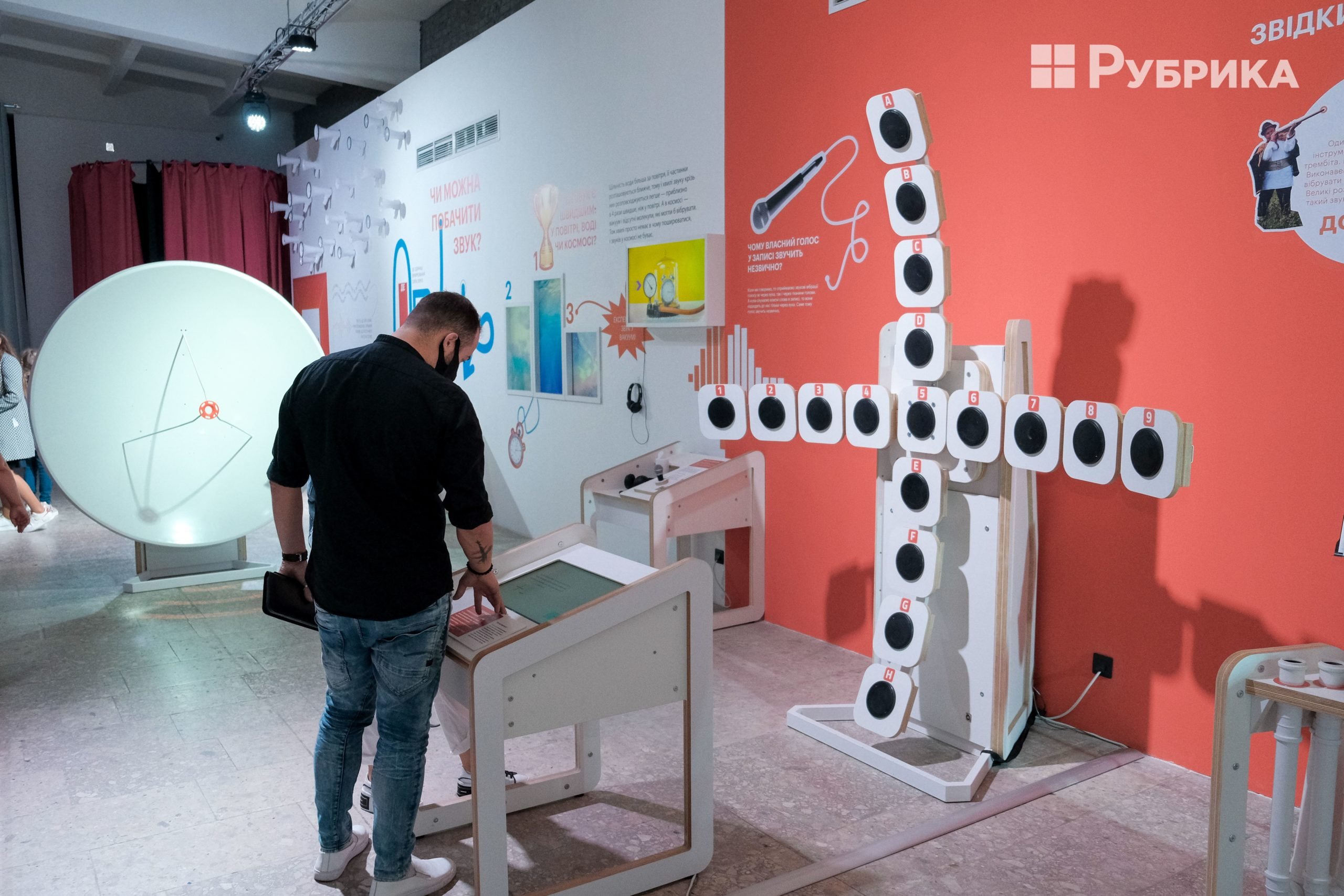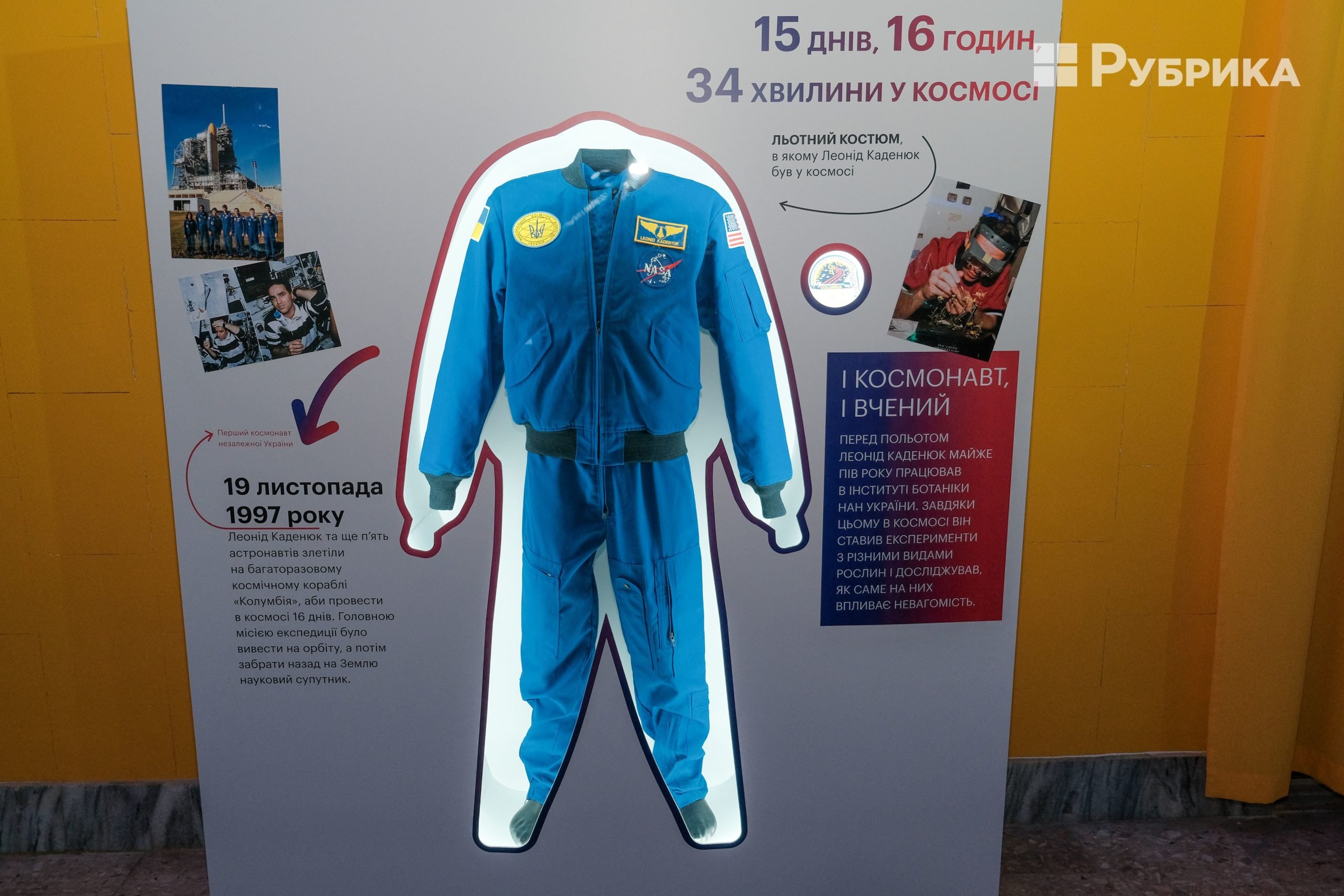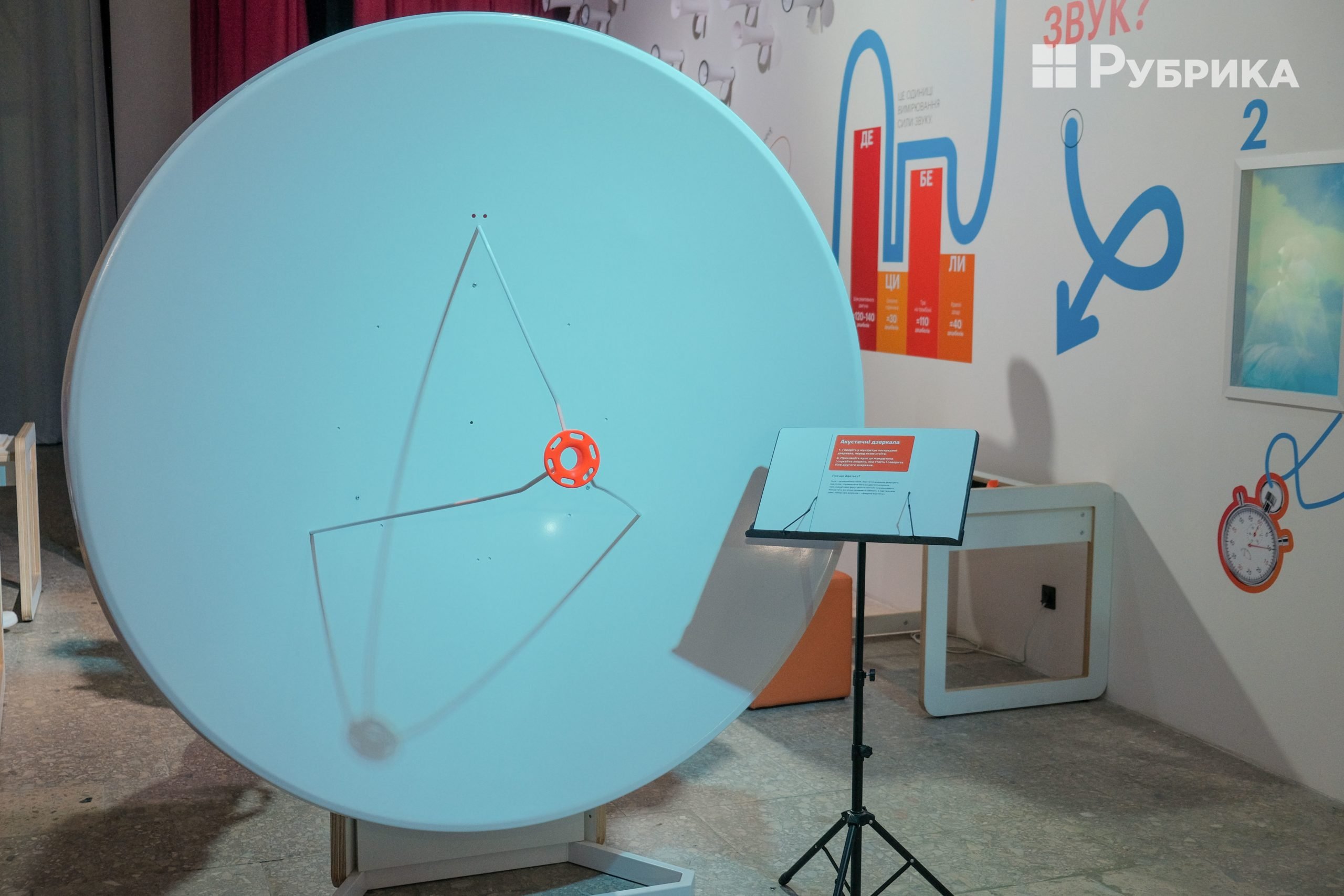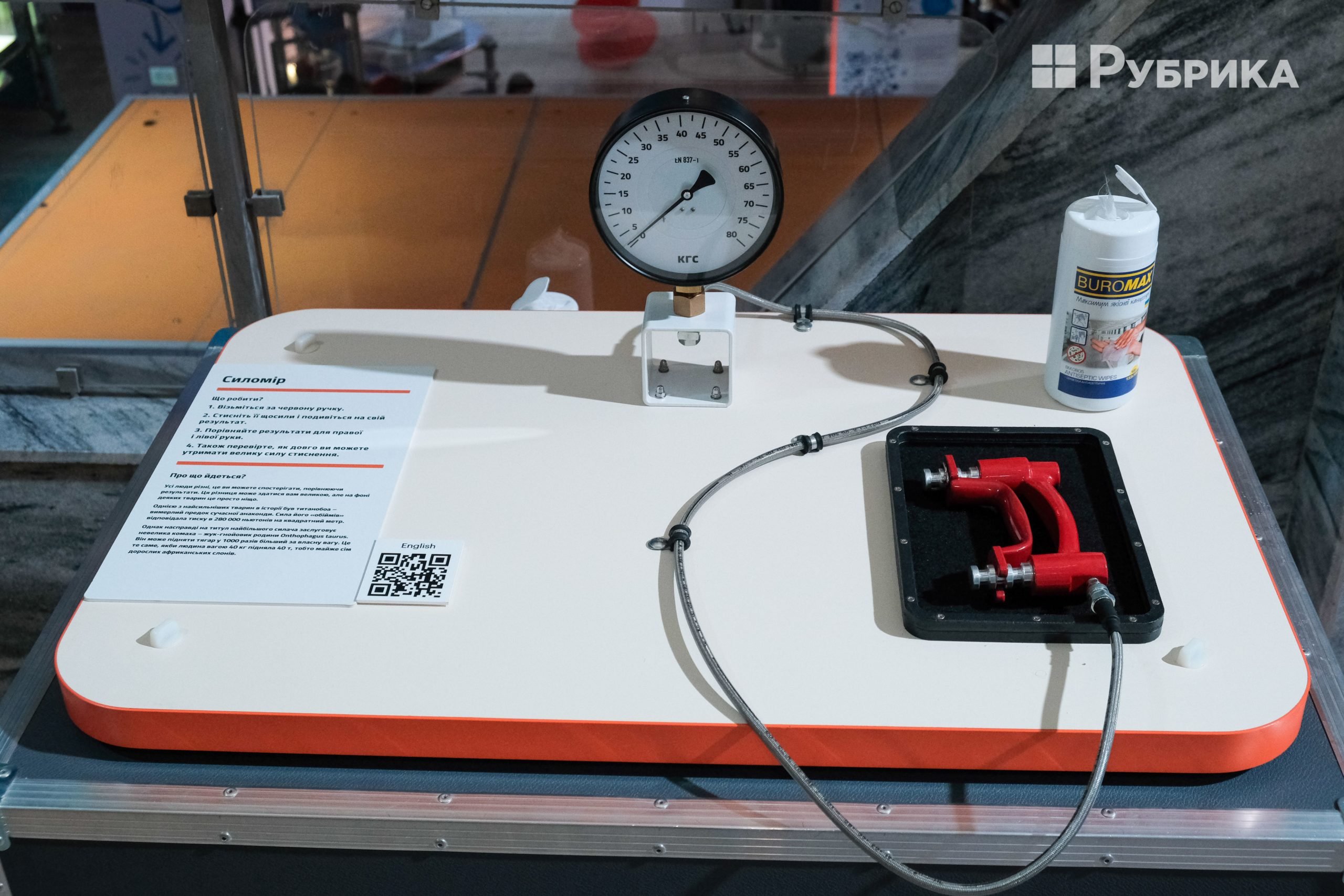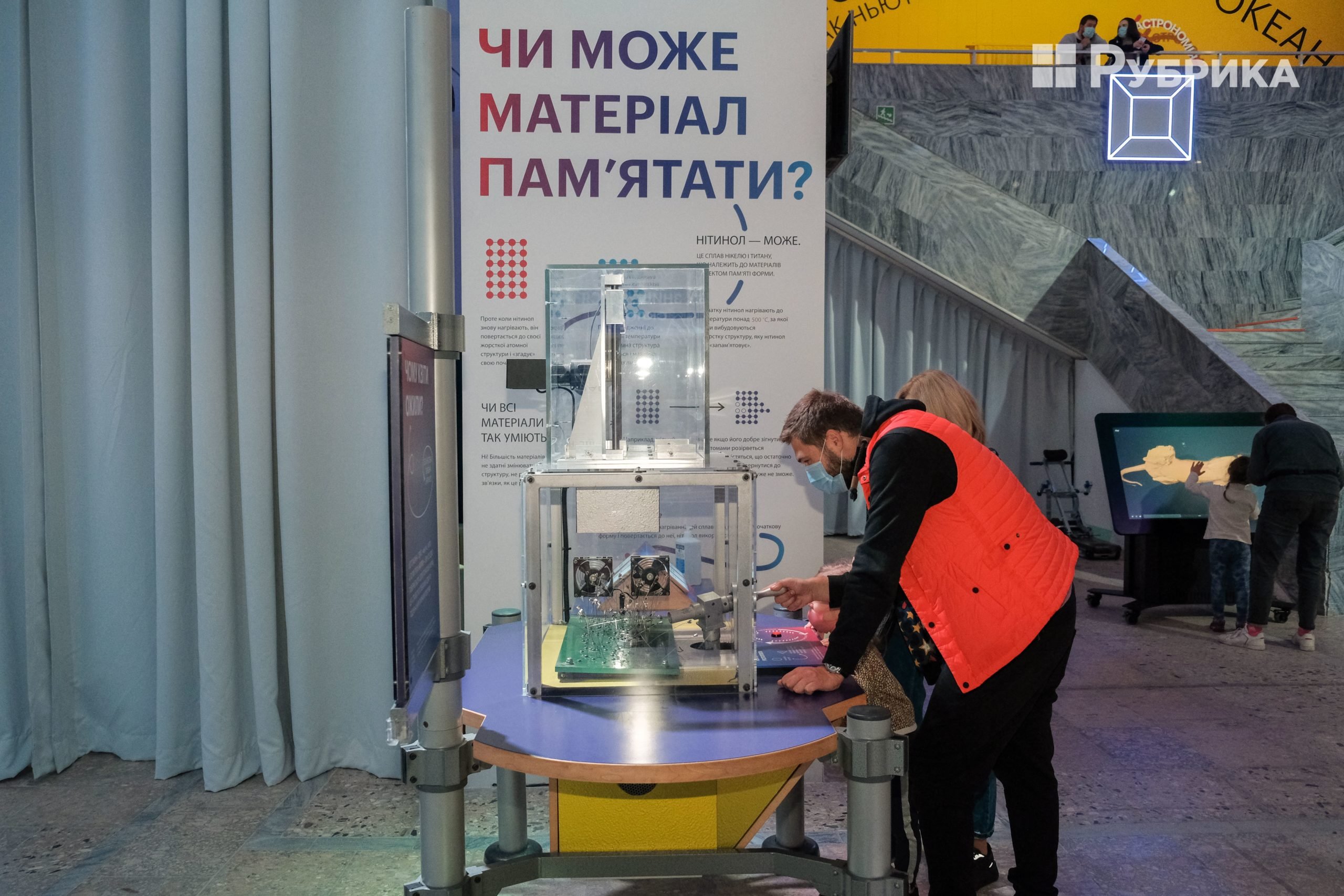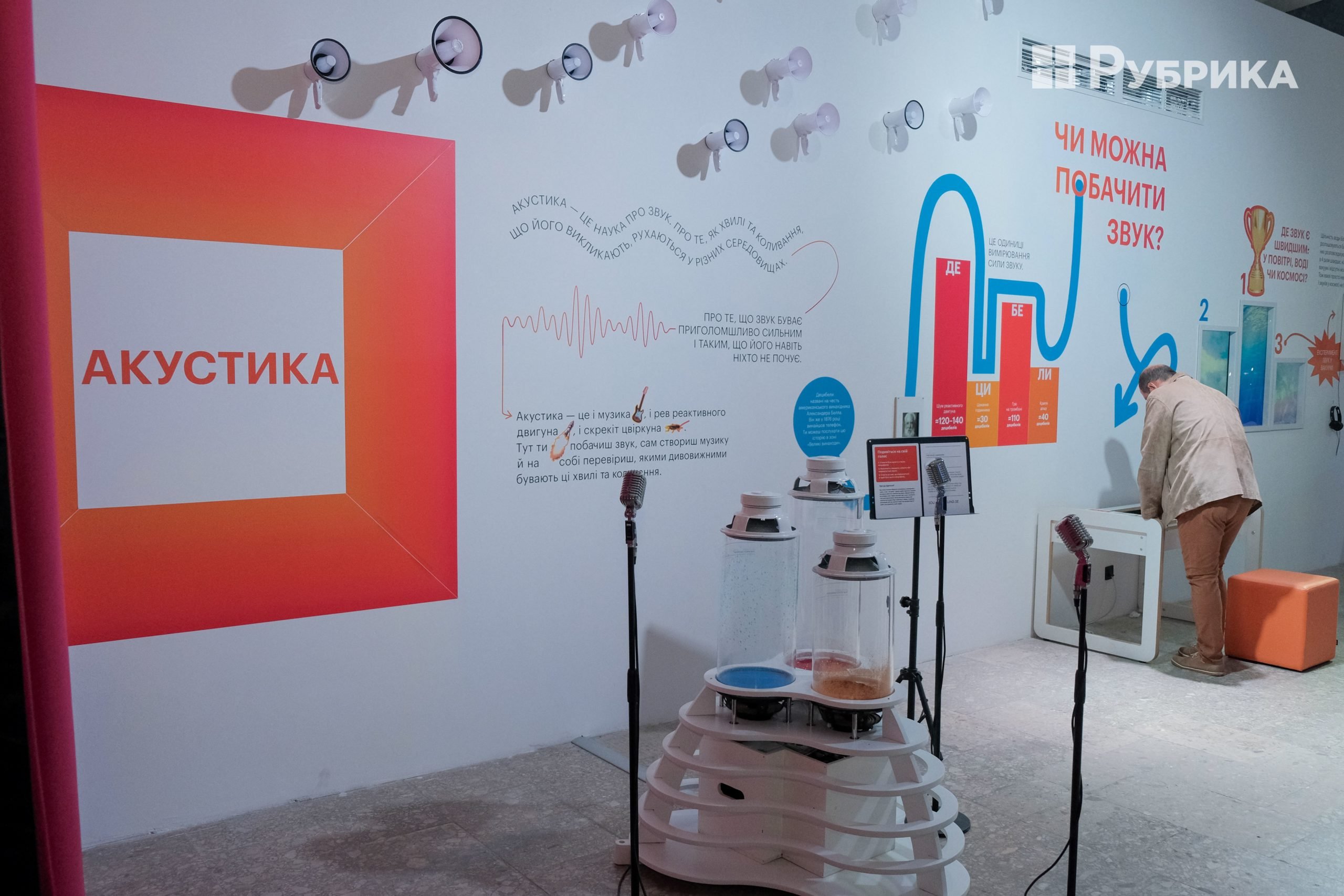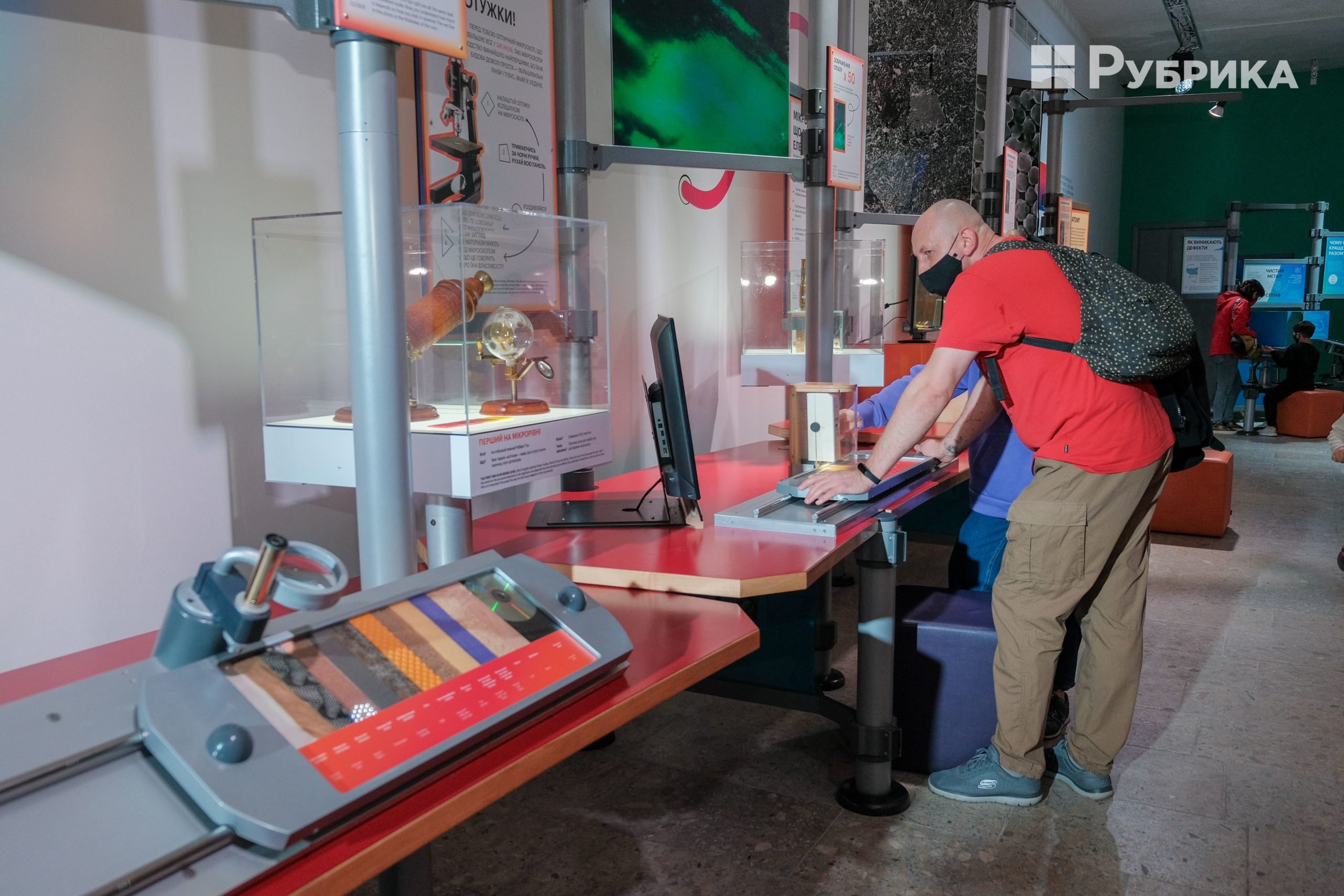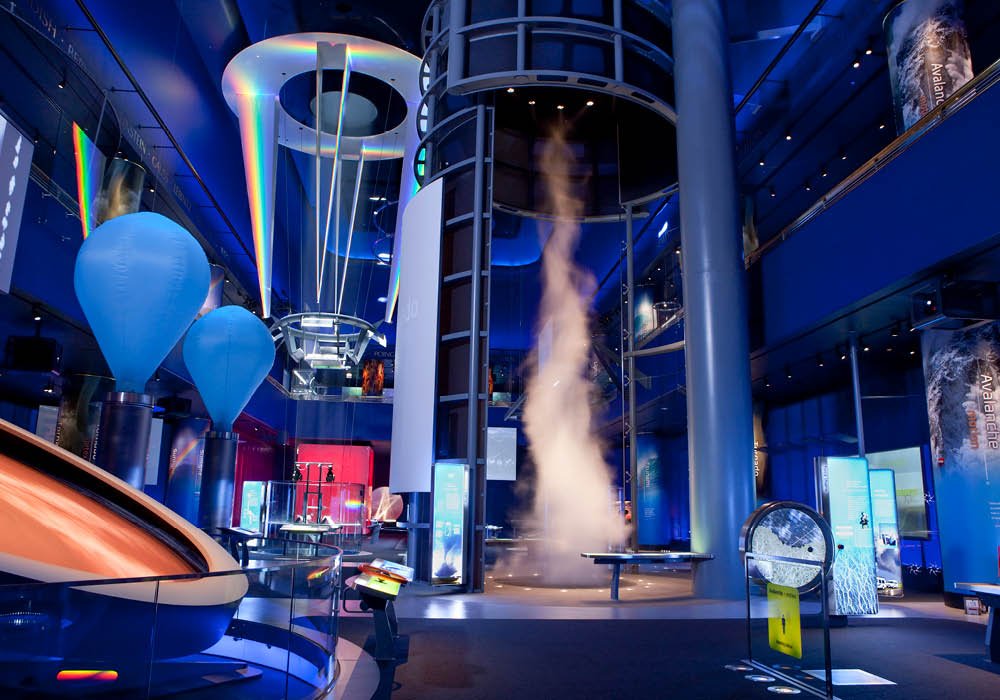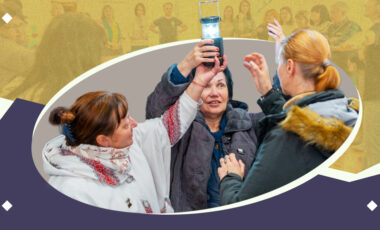Causing downpour or hitting glass with kettlebell: what are the surprises of Museum of Science in Kyiv
Science can be interesting. You just need to touch it, literally. We show what surprises the innovative museum for children and adults at Expocenter of Ukraine brings us
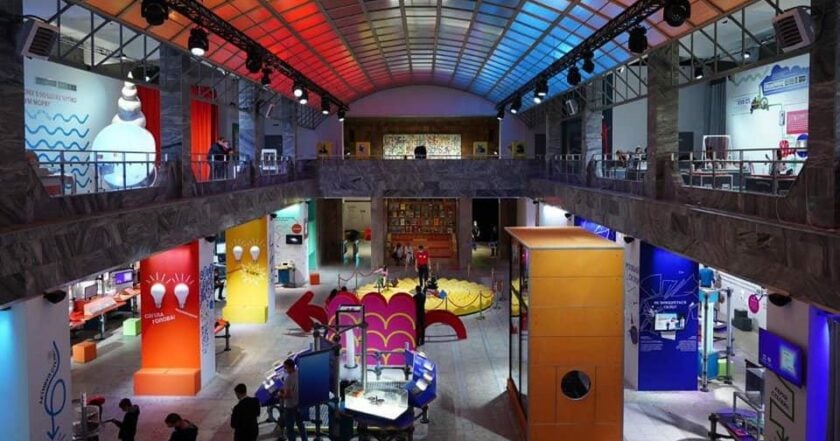
The Museum of Science opened in Kyiv in October. It's the first interactive museum opened by the Minor Academy of Sciences of Ukraine and organized by the GresTodorchuk agency. Children will finally stop getting bored, because the Museum of Science is a testing ground where you can ride a bike, scream, turn multicolored lights on and off, and move, test for strength, and conduct research on exhibits.
They divide the exhibition into six zones: Strange Matter, Acoustics, Human, Optics, Great Inventions, and Astronomy.
What's so interesting?
A materials science exhibition is on the ground floor. There's an exhibit that shows the loading of fuel with ferromagnetic fluid into the fuel mechanisms. The lever activates the magnets, making the liquid pump into the tanks. There is also a sandbox on which the museum projects nine different biomes. You can build landscapes and change ecosystems. You can observe all this in real-time, i.e. causing downpours or direct lava flows from volcanic eruptions.
In the Optics zone, they show visitors the principles of the corpuscular-wave theory, the processes of refraction, and the mixing of colors.
Museum even has an exhibit with an armored glass that you can "hit" with a kettlebell. Its strength limit is 400-600 thousand hits. The number on the meter has already exceeded 570 thousand, and the museum staff is looking forward to it cracking. After it happens, they'll replace the glass with a new one, and the meter will be reset. The person who made the "decisive" hit will receive a prize, an unlimited annual subscription to visit the Museum of Science.
On the second floor, there are the Human, Great Inventions, Acoustics, and Astronomy zones. A mannequin-constructor Robert lives in the first. You can remove his internal organs and examine each of them.
The Great Inventions zone also has a feature. If you pay attention, all exhibits are placed on special cases for transportation. The organizers explain that this exhibition part will travel around Ukraine, so those who couldn't come to Kyiv also had the opportunity to visit the museum.
In the unique space, there's even a small planetarium and a real astronaut's spacesuit, a Tesla coil, the world's largest pendulum, the development of the Ukrainian company Idearoomia, and a bicycle with square wheels, and much more.
What is the visitors' reaction?
The museum is designed for children of primary school age, but there're many adults among the guests. You can see on their faces they are interested no less than children. The youngest visitors create an absolutely "anti-museum" atmosphere in the Museum. They run from exhibit to exhibit, yell loudly, turn strange containers with a variety of substances over.
You can come here with children of any age. There're many visual effects that can interest even a baby, Maria, a museum employee, says. However, when asked how the museum is useful for adults, she said that she learned many things at work unknown to her:
"It's science. It surrounds us, and it's inside us. I've started thinking about things I've never thought about before," the other day, she rode the escalator to the subway, thinking about the mechanism that moves the stairs. "I wouldn't have even asked myself that question before!"
🚀 Watch our video report from the Museum:
No guides!
There're no classic tours in the museum, but they've got interpreters in each zone. These people help to find answers to various questions and help the kids understand why it's happening and not otherwise. But they don't explain directly and only determine the way so that even the youngest visitors could make a scientific discovery.
Later on, the Museum plans lectures for adults and children.
Where else in the world are there museums of science?
There are science museums in many countries. In the Children's Museum of Science in Chicago, you can even visit the Sahara and excavate the dinosaurs' remains like real archaeologists.
One of the largest museums is in Canada, Ontario. There are five thousand exhibits, some of which have appeared in the Ukrainian museum. Almost every exhibit in the Museum of Science at the Expocenter of Ukraine was "collected" around the globe. Some of them came from the United States, Sweden, Canada. Most exhibits came from Poland, and some were developed in Ukraine.
Museums of science are a new format of museums, uniting many branches of science at once. It gives knowledge comprehensively, offering guests to choose the field the most interesting to them independently and naturally.
How to get to the Museum of Science in Kyiv?
The museum is located in one of the buildings at the Expocenter of Ukraine. So far, it runs limited. The restrictions allow only 200 visitors at a time in the yellow quarantine zone, and 100 in the orange. So they advise visitors to pre-register on the museum's website.
Meanwhile, everyone should be in masks, and temperature screening takes place at the entrance.
Museum's address: Akademika Hlushkova Avenue, 1P23
Opening hours: 10:00-20:00, Monday – closed
Price: UAH 100; UAH 50 per person for school groups of 10 children; free for children under 3 years of age, orphans, children of servicemen, and children whose parents died during hostility in eastern Ukraine, people with disabilities of 1 and 2 groups.
Photos of Yevhen Yeshchenko, Rubryka


